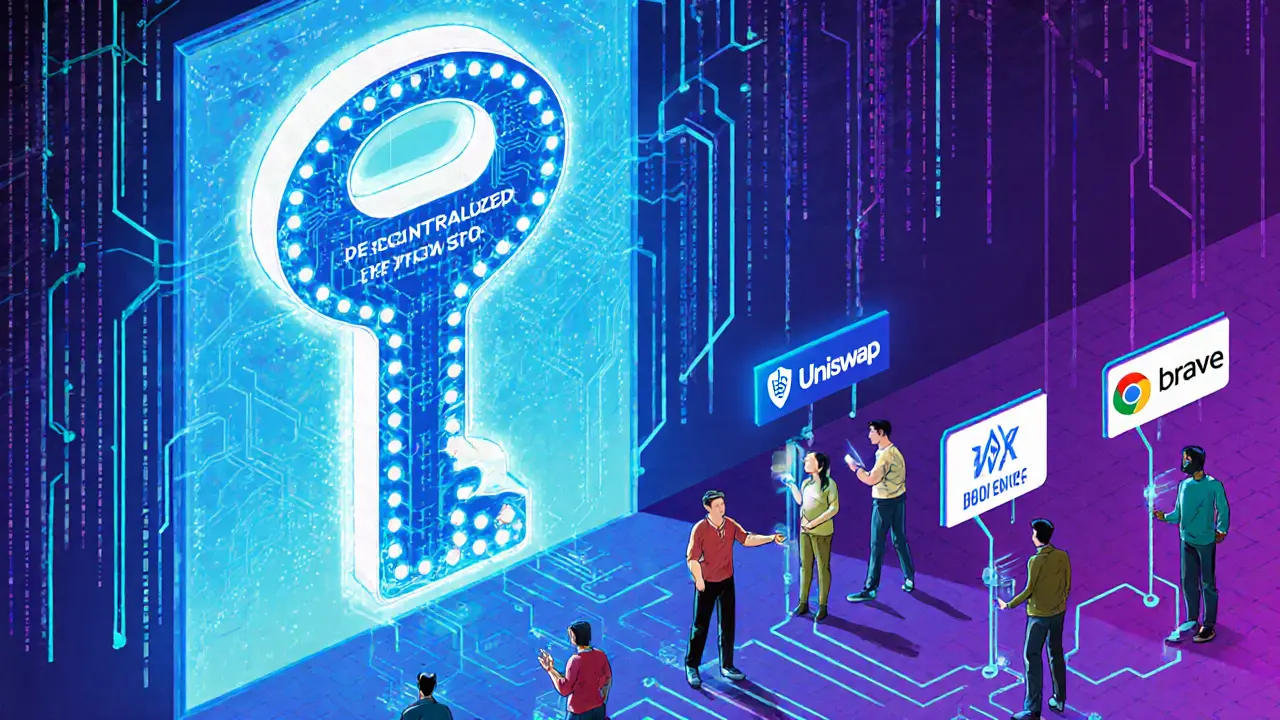Utility Tokens: What They Are, How They Work, and Real Examples
When you hear utility tokens, digital assets designed to provide access to a product or service on a blockchain platform. Also known as functional tokens, they’re not meant to be investments—they’re keys to using decentralized apps. Unlike Bitcoin or Ethereum, which act as money or store of value, utility tokens let you vote in governance, pay for computing power, or unlock features inside a dApp. If a token doesn’t do anything practical, it’s not a utility token—it’s just a gamble with a fancy name.
Real utility tokens are tied to working systems. Think of them like a concert wristband: you don’t buy it to resell, you buy it to get in. DeFi tokens, tokens that grant access to decentralized finance protocols like lending, borrowing, or trading without banks, are a common example. If you hold a token that lets you earn interest on your crypto or swap assets on a decentralized exchange, that’s utility. Then there’s blockchain utility, the actual function a token enables within a network, like paying for storage, bandwidth, or computation. Projects like Filecoin pay miners with tokens to store data; Golem pays users to rent out their unused CPU power. These aren’t hype—they’re economic incentives built into the system.
But here’s the catch: most tokens labeled as "utility" don’t deliver any. You’ll see coins promising "access to AI tools" or "future platform features"—but if the platform doesn’t exist, the token is just a placeholder. That’s why so many projects fail. Real utility means the token is already being used, not just promised. Look at XYO: its token powers a location-based blockchain network where devices verify physical locations. Or APAD: it’s used to fund and govern early-stage blockchain projects through its incubator. These aren’t memes. They’re tools with measurable roles.
Utility tokens also face regulatory gray zones. If a token behaves like a security—offering profit expectations based on others’ work—it can get flagged by the SEC. That’s why smart projects avoid promises of returns and focus purely on function. They don’t say "invest in us"—they say "use our service." That’s the line between compliance and chaos.
In the posts below, you’ll find real breakdowns of tokens that claim utility—and those that don’t. Some are built on solid ground, like tokens tied to robotics communities or decentralized exchanges. Others? They’re just names on a blockchain with no code, no users, and no future. You’ll learn what to look for, what to avoid, and how to spot the difference before you spend a single dollar.
Token utility determines whether a crypto token has lasting value. Learn how real-world use cases, not speculation, drive value accrual in blockchain ecosystems through practical examples and smart design.

